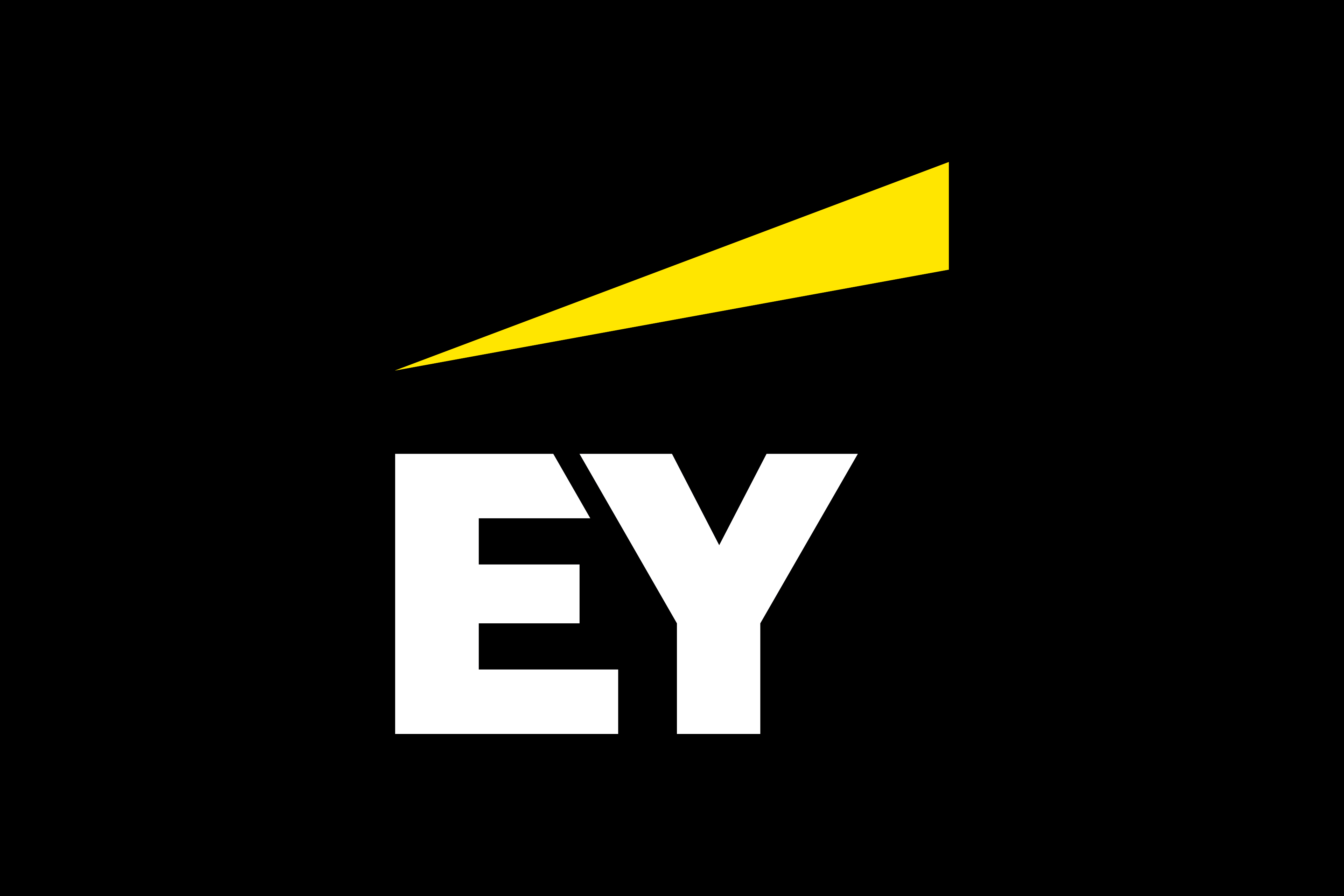EY refers to the global organization, and may refer to one or more, of the member firms of Ernst & Young Global Limited, each of which is a separate legal entity. Ernst & Young Global Limited, a UK company limited by guarantee, does not provide services to clients.

With climate action ascending to the top of the business agenda, the reality of corporate decarbonisation is hitting home.
In brief
- With the need to decarbonise having reached non-negotiable status, organisations are investigating how they will operate in the future and how they can gain competitive advantage in the process.
- Decarbonisation programmes are costly, making the need for a value-led plan that will deliver return on investment imperative.
- EY Carbon’s 6+1 levers of decarbonisation assess the organisation holistically to create an effective plan that is both business and climate positive.
A confluence of powerful forces is driving decarbonisation to the top of corporate agendas. The EU Corporate Sustainability Reporting Directive (CSRD), UK obligations following COP26 and Irish sectoral carbon budgets mean that companies are being driven to decarbonise sooner rather than later.
As companies assess the scale and depth of transformation they are facing, business leaders are carrying out market scans and impact assessments to ascertain their value-drivers. They need to understand if their business will be viable in a decarbonised future and how that places them against their competitors.
The imperative of “transform to survive” has been well understood in fossil-driven industries such as Oil & Gas and Automotive since the 2015 Paris Agreement. The need to “transform to win” in order to maintain competitive advantage is now being accelerated by sectors such as Life Sciences, Consumer Products & Retail, and Technology, Media & Telecoms.
The Cost of Decarbonising
There is considerable evidence to show that ESG-related value-drivers deliver performance improvements, enable lower cost of capital and deliver above-market valuations. Additional benefits include future-focused products and services, customer loyalty, and increased employee engagement.
But achieving that performance and realising those benefits requires careful planning with decarbonisation being viewed as a value-led transformation, rather than a compliance exercise.
Cost is still a factor. Regardless of the potential benefits, CEOs are still faced with the challenge of resolving the tension between a rising awareness of the need for sustainable transformation and unknown cost.
As pricing pressures impact every business decision, the first question with regard to activating a sustainability strategy is “How much is the transformation going to cost?”
That underlines the need for decarbonisation planning to be value-led with return on investment built into individual business cases so that they are both business and climate positive.
The ‘How to’ Decarbonise
EY Carbon’s 6+1 levers of decarbonisation assess:
- Process effectiveness and efficiency to reduce carbon
- Green energy supply
- Product transformation
- Value chain management and green procurement
- Circular economy
- Business model innovation
6+1) Compensation and neutralisation measures.

In developing a decarbonisation plan, organisations can model the financial cost, including grants and incentives available relative to the business case for each lever, and in order of priority. The plan phase begins with a discovery and materiality exercise to look at:
- decarbonisation initiatives already in place
- an examination of opportunities and risks including the main contributors to organisational carbon footprint
- potential scope-three hotspots within the value chain
- a framework assessment and alignment across TCFD, GRI, SASB
- the ability of the organisation to gather necessary data to enable decarbonisation
Having gained an understanding of the company’s ‘as-is’ state, a value-led strategy needs to be rooted in bold ambition towards decarbonisation goals, meaning the setting of audacious science-based targets for carbon reduction.
Activating the strategy will require cross-sectoral teams with tenacity and optimism to drive multi-year and indeed multi-decade, transformation.
Al Gore has described the sustainability transformation imperative as “the single greatest opportunity of our generation, having the scale of the industrial revolution and the speed of the digital”.
How EY can help
Launched in Ireland earlier this year, EY Carbon helps clients to 1. Plan, 2. Transform and 3. Report their decarbonisation journey, drawing on unrivalled multi-discipline expertise to develop value-led strategies and assist in building credible business cases for transformation.
Summary
The EY Carbon 6 + 1 levers of decarbonisation help organisations plan a holistic and effective carbon reduction programme across the organisation.
Related articles
How Irish fleet owners can take charge on eMobility
For fleet owners, one of the best ways is to develop a strategy that allows for a smooth switchover to an EV fleet. Find out how they can move forward.




